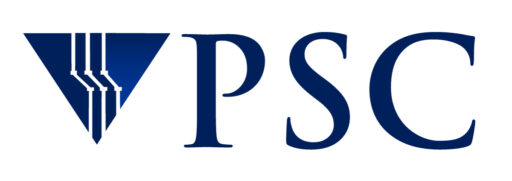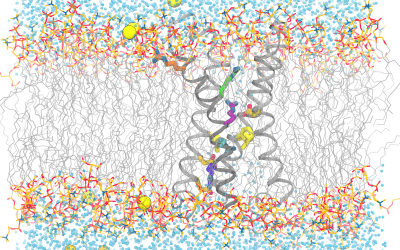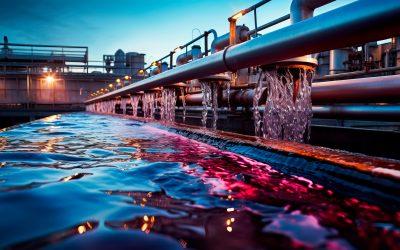Science Highlights
Research conducted and supported by PSC computational resources, educational programs, and staff expertise
Bridges-2 Simulations Limit Explanations for Active Galactic Nuclei
Sims Will Allow Future Telescopes to Identify What Kinds of Jets Emerge as Super Massive Black Holes Eat Matter from Their Surrounding Galaxies
Bridges-2 Sims Shed Light on the Echoes of Toothed Whales
Virtual Dolphin Head Shows How Sound Moves through the Skull, Suggesting How Sounds May Offer Directional Cues for Navigation and Detection
Voltage-sensing Protein Moves in Unexpected Ways in Anton Simulations
University of Chicago Simulations Offer Clues to Behavior of Nerve Cell Channels Underlying Human Diseases
Representation Matters in AI-Generated Images
Bridges-2 Helps Retrain AIs to Avoid Creating Offensive Pictures for Specific Cultures
Bridges-2 Simulations Target Role of Red Blood Cells in Clot Formation
Addition Is Latest Step in Building First-Principle Model of How Clots Form and Function in Health and Disease
Surface Curvature Directs Growth of Bacterial Biofilms
Bridges-2 Simulations Hint at Ways to Help Growth of Good Bacteria, Hinder Bad Bacteria
Bridges-2 Powers Snake-Virus Genome Analysis
New DNA Sequence Provides Clues to Virus’s Spread, Possible Targets for Future Therapies
Human-AI Knowledge Sharing for Water Treatment Plants Operation
CMU Group Uses Bridges-2 to Create Virtual Plant to Learn from Veteran Engineers, and Next Train and Work with Rookies
OpenSoundscape Uses AI, Other Tools to Identify Wildlife Species from Audio Recordings in the Wild
Pitt Team Uses Bridges-2 to Build Automated, Open-Source Toolbox, Enabling Conservation Scientists to Survey Much Larger Regions with Limited Staffing
Neutron-Star Smash Up Sims Offer Window on Atomic Structure
Bridges-2 Simulations Show Specific Heat Effect that, with New Telescopes, Will Give Clues on Condensed Matter, Atomic Nuclei










